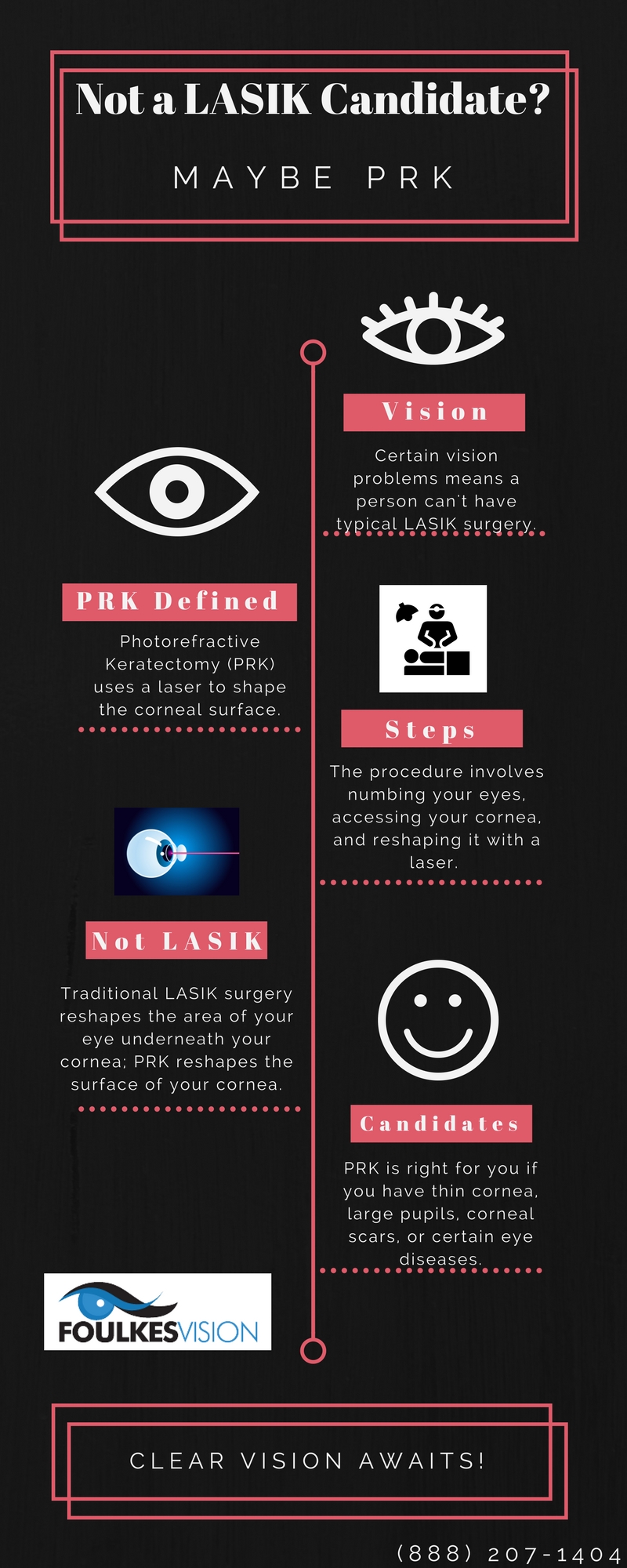What Are The Differences And Resemblances In Between SMILE Eye Surgery And LASIK And PRK?
What Are The Differences And Resemblances In Between SMILE Eye Surgery And LASIK And PRK?
Blog Article
Post Writer-McNamara Michelsen
If you have actually been thinking about SMILE eye surgical treatment, you could question exactly how it stacks up against LASIK and PRK. Each treatment has its own set of advantages and factors to consider. From quicker healing times to prospective threats, there are vital distinctions you must recognize before choosing. Understanding these differences will assist you make an enlightened selection that lines up with your specific demands and assumptions. Curious to know more regarding exactly how these procedures compare thoroughly? Keep on discovering to get a thorough understanding of SMILE, LASIK, and PRK.
SMILE Eye Surgery Introduction
If you're thinking about SMILE eye surgical procedure, you'll find it to be a minimally intrusive treatment with a quick healing time. Throughout SMILE (Little Cut Lenticule Extraction), a laser is utilized to create a tiny, accurate cut in the cornea to get rid of a tiny item of tissue, improving it to correct your vision. This differs from LASIK, where a flap is developed, and PRK, where the outer layer of the cornea is totally gotten rid of.
One of the essential advantages of SMILE is its minimally invasive nature, leading to a faster healing process and much less pain post-surgery. The healing time for SMILE is fairly fast, with many people experiencing boosted vision within a day or two. This makes it a preferred selection for those looking for a hassle-free and efficient vision correction treatment. Furthermore, SMILE has actually been revealed to have a lower risk of dry eye disorder compared to LASIK, making it a positive option for people worried about this prospective adverse effects.
Differences Between SMILE, LASIK, and PRK
When contrasting SMILE, LASIK, and PRK eye surgeries, it is necessary to recognize the distinctive techniques made use of in each procedure for vision adjustment.
SMILE (Little Incision Lenticule Removal) is a minimally intrusive treatment that entails developing a small laceration to extract a lenticule from the cornea, reshaping it to remedy vision.
LASIK (Laser-Assisted Sitting Keratomileusis) involves developing a slim flap on the cornea, using a laser to reshape the underlying tissue, and afterwards repositioning the flap.
PRK (Photorefractive Keratectomy) removes the external layer of the cornea before reshaping the tissue with a laser.
The major difference hinges on the means the cornea is accessed and dealt with. SMILE is flapless, making it a good alternative for individuals with slim corneas or those involved in contact sports. Read the Full Document because of the flap production, yet it may position a greater risk of flap-related difficulties. PRK, although having a longer recuperation duration, avoids flap-related concerns entirely.
Understanding these variances is vital in picking one of the most suitable treatment for your vision modification requirements.
Benefits And Drawbacks Comparison
To evaluate the benefits and drawbacks of SMILE, LASIK, and PRK eye surgical procedures, it's essential to consider the particular advantages and possible limitations of each procedure. SMILE surgery provides the advantage of a minimally invasive treatment, with a smaller cut and possibly quicker recuperation time contrasted to LASIK and PRK. It additionally minimizes the risk of completely dry eye post-surgery, an usual adverse effects of LASIK. Nevertheless, SMILE may have constraints in treating greater degrees of myopia or astigmatism compared to LASIK.
LASIK surgical treatment supplies quick aesthetic healing and very little discomfort during the procedure. It's very efficient in treating a variety of refractive errors, including nearsightedness, hyperopia, and astigmatism. Yet, LASIK carries a threat of flap difficulties, which can affect the corneal framework.
PRK eye surgical treatment, while not as prominent as LASIK, prevents developing a corneal flap, minimizing the risk of flap-related problems. It's suitable for people with slim corneas or uneven corneal surfaces. However, PRK has a much longer recuperation time and may involve much more discomfort during the healing procedure.
Conclusion
So, when it concerns choosing between SMILE, LASIK, and PRK, consider it like selecting the ideal set of shoes. SMILE resembles a streamlined, comfortable set of sneakers - quick and very easy.
LASIK is more like trendy high heels - showy and fast, however with some prospective threats.
PRK is like tough hiking boots - reliable and long lasting, but needing a bit even more time and effort.
Inevitably, cataract surgery and flying depends upon your individual demands and preferences.
